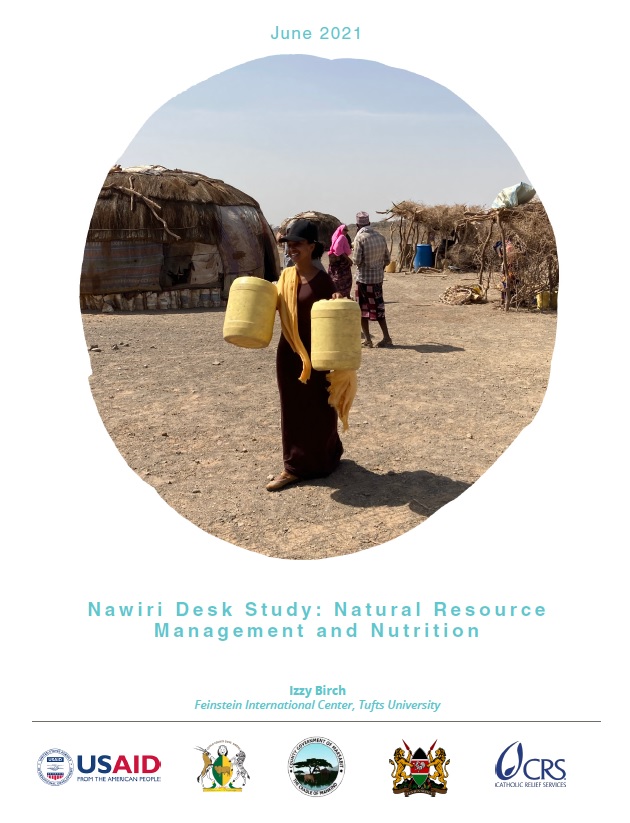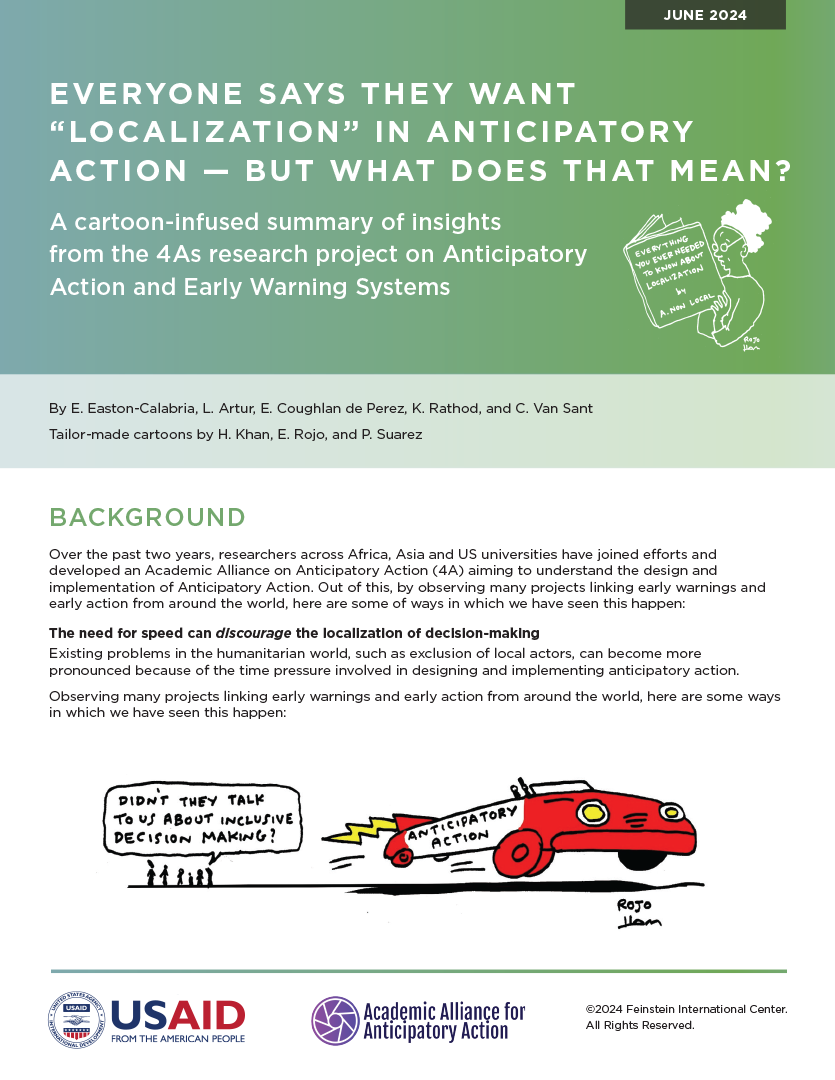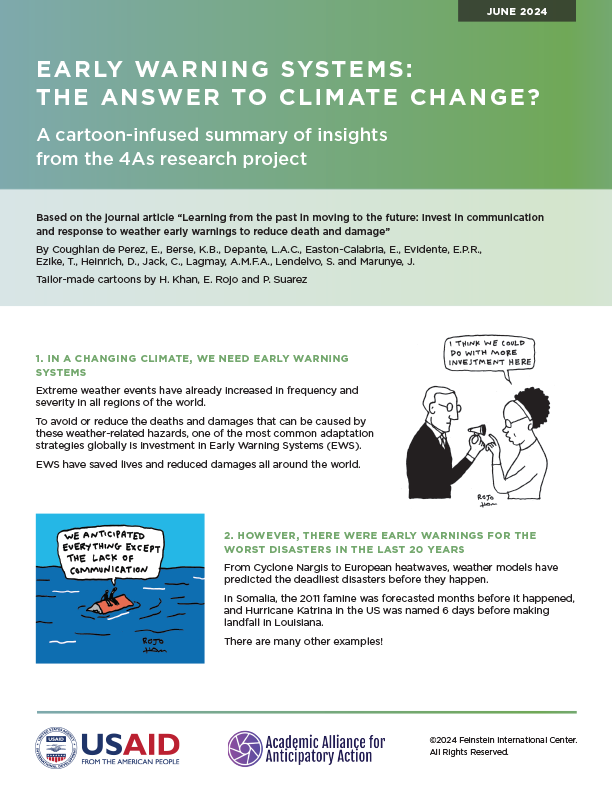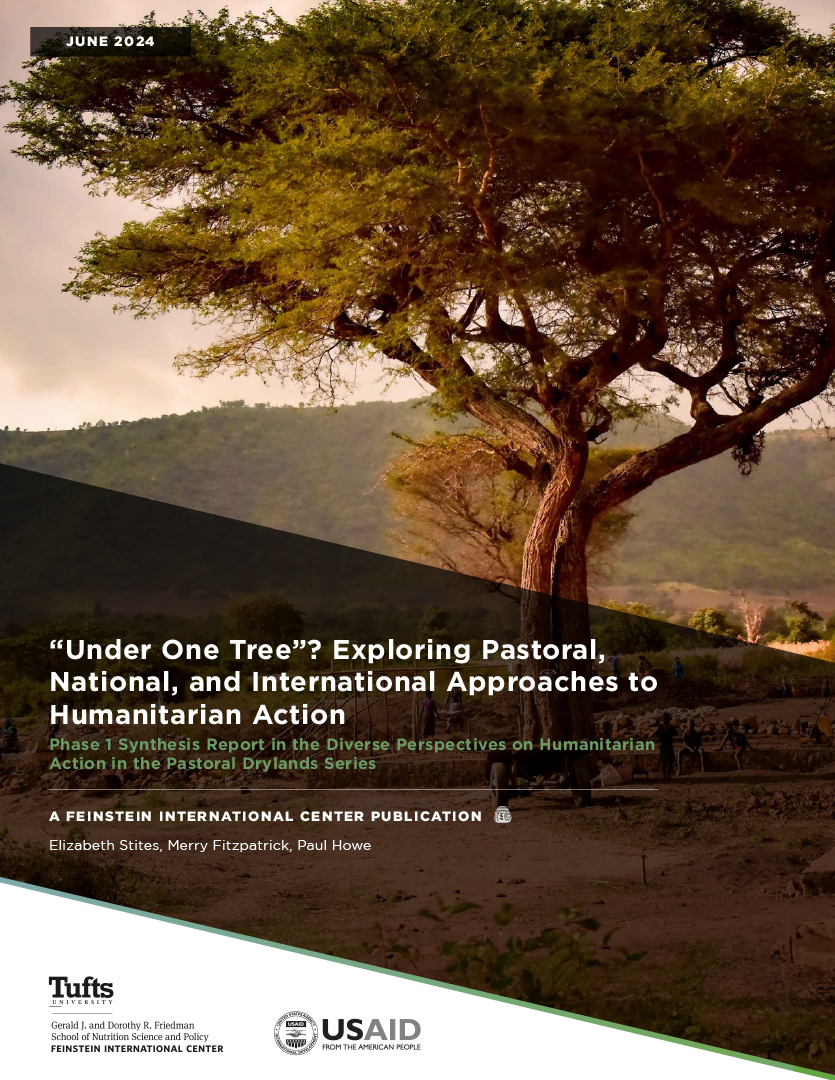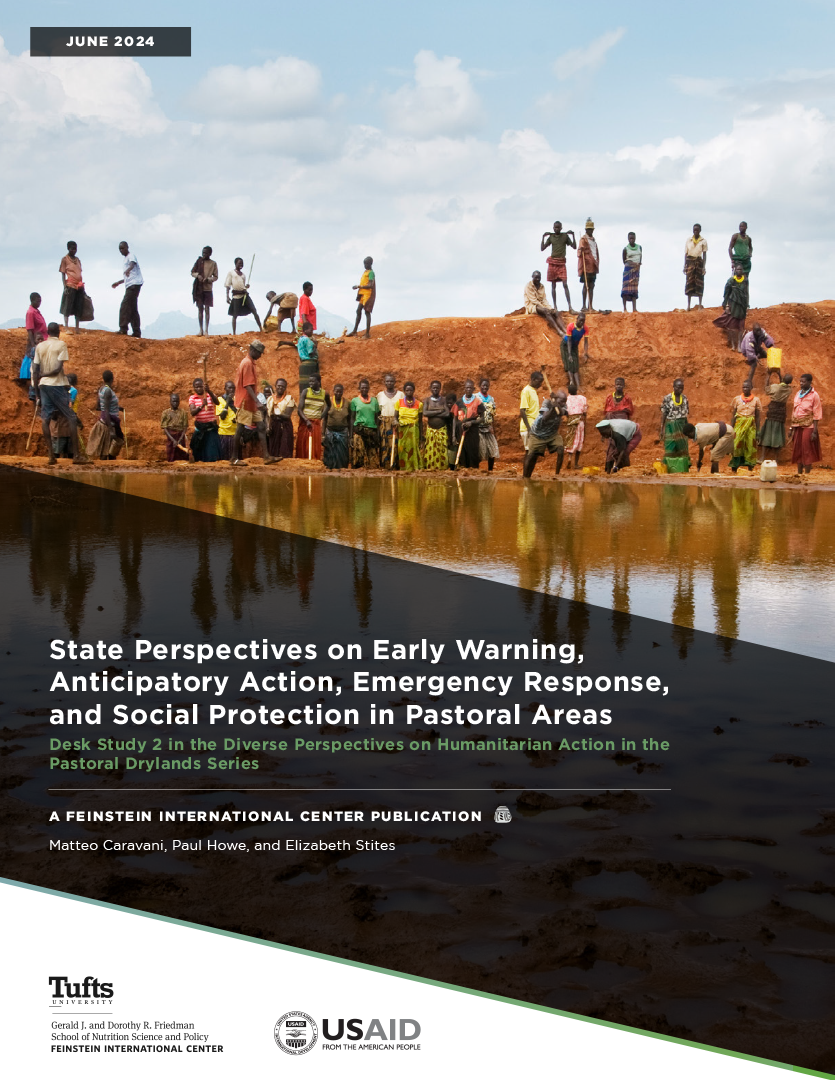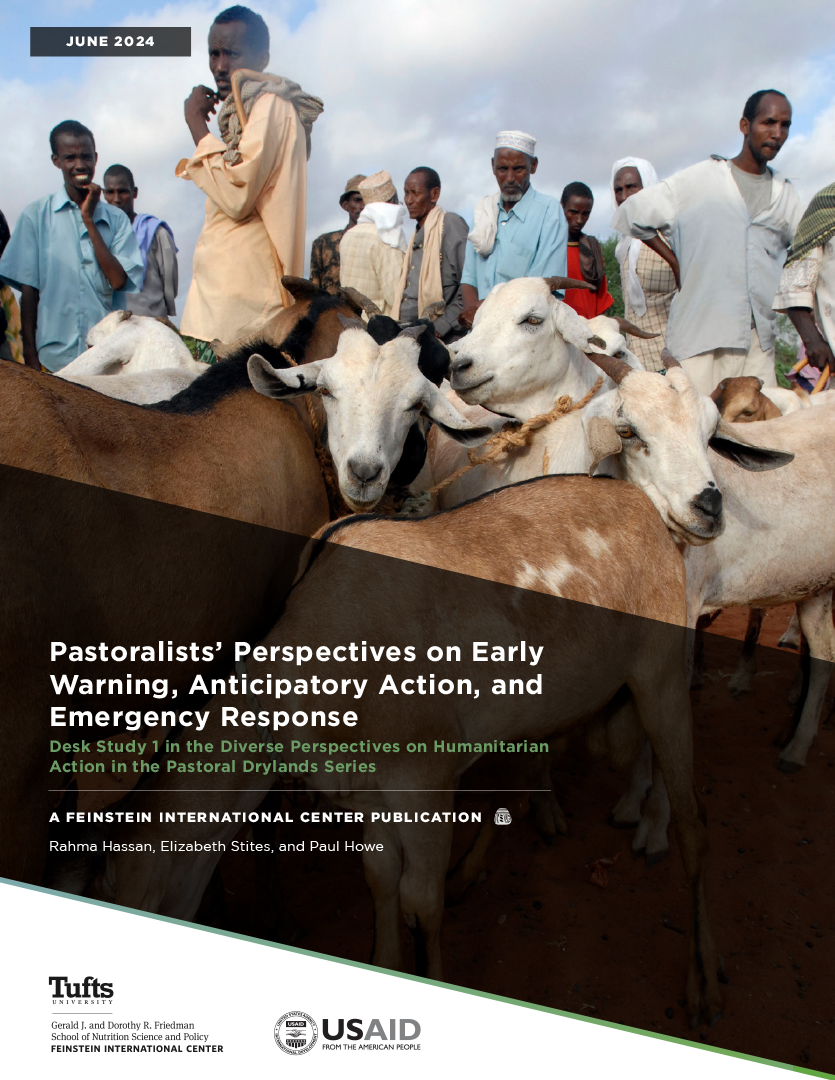Livelihoods in the Kenyan arid and semi-arid lands (ASALs) are predominantly derived from the natural resource base, even for many who have settled. This study seeks to understand how land access and natural resource management (NRM) policies, institutions, and relationships are changing in the ASALs, with what consequences and for whom, and the potential impact on livelihoods, food security, and nutritional status.
A focus on systems and institutions helps to capture complex processes and identify underlying patterns between basic and underlying causes of malnutrition. Institutions may be formal e.g. the governance environment, including civic, political, and economic institutions, or informal such as the wider governance environment, including civic, political, and economic institutions.
Some key findings from the report include:
- Most land is classified as arid or very arid and is community land. Approximately 80% of land is managed under customary rules and tenure, within wider national or county level policy frameworks, which illustrates the plurality of tenure regimes and the central importance of community institutions and customary rules for livelihoods.
- The policy context in Kenya is evolving in different and sometimes contradictory ways, demonstrating both change and continuity with the past. Large-scale but localized investments in northern Kenya are transforming the value of and attitudes toward land and threatening further loss and fragmentation of the natural resource base.
- Access to natural resources can be protected and enhanced when community institutions retain both the confidence of those they represent and the capacity to adapt to change and opportunity. Institutions facilitate the transfer of specialist knowledge between generations.
- Institutions manage relations between producers and with neighboring groups and the state. Access to natural resources is increasingly secured through membership of, or relationship with, a formally constituted body, such as a community conservancy.
- Customary resources are increasingly commercialized, as private landowners set rules and penalties for access (e.g. fees for grazing and overnight stays). Customary norms of reciprocity and collective action persist, even where processes of privatization and individualization are further advanced.
- Gender and generational dynamics are changing; increasing barriers to livestock mobility and access constraints are having an impact on inter-generational and gender relationships. Sometimes these changes are positive (e.g. financial autonomy, market access and access to education for women with potential positive implications for nutrition) and other times they are negative (e.g. erosion of social cohesion).
- Devolution presents opportunities and challenges. There is an opportunity to rationalize and reform institutional arrangements for NRM, particularly if county legislation were to legitimize community-based resource management.
This study is part of the Nawiri (Nutrition in the ASALs within Integrated Resilient Institution) program. Nawiri aims to sustainably reduce persistent acute malnutrition by designing and implementing an approach for supporting, strengthening, and protecting systems and institutions. The project is funded by USAID/Bureau of Humanitarian Assistance (BHA) and the consortium implementing the program in Isiolo and Marsabit counties in northern Kenya is led by Catholic Relief Services (CRS).

